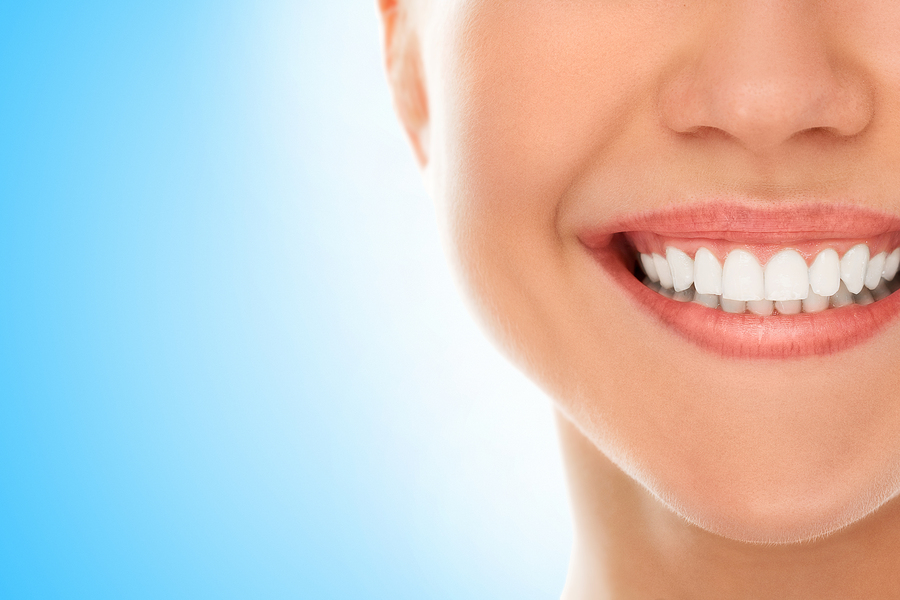Everyone knows that braces are intended to straighten our teeth. And they do it very, very well, both the traditional metal kind and the new Invisalign version, that make it easier and more convenient to get straight teeth if you aren’t keen on metal brackets. We pride ourselves on providing white, straight smiles for our patients, but do braces do more than just straighten teeth? Some people may be thinking, “Do they need to do more than straighten teeth?” No, but when it comes to braces, the straightening effect has a number of positive ripple effects. While their primary function might be to provide us with straight teeth, they actually perform a number of other tasks that are beneficial to our oral health.
Fight Tooth Decay
We don’t really think about braces as actually helping to produce a cleaner mouth, but it is definitely one of their side effects. While it may be more difficult to brush teeth and keep them perfectly clean during the treatment period, the results of the braces make it much, much easier to prevent tooth decay. Not only because teeth are now better aligned, but also because they no longer overlap and the gaps between teeth are more regulated. If teeth are crowded together, it can be almost impossible to clean them properly, allowing tarter and plaque to build up on the surface of the teeth and wear away enamel.
Once teeth are separated and in proper alignment, it is much easier to clean the sides and bite surface of the teeth. This meant that teeth are more likely to be cleaned and therefore less likely to start decaying. On the other hand, a mouth full of crowded teeth might be very difficult to maintain, especially in between overlapping teeth. While flossing should be a regular part of every cleaning routine, it is more effective when the teeth are in proper alignment.
Fight Gum Disease
In the same way that straight teeth can fight tooth decay, they can also lead to healthier gums. Overlapping teeth, or even teeth with large gaps in between them become a bevy of bacteria. Bacteria and food particles can hide in between teeth, in these hard to clean areas, and begin to multiply and eat away not only at the teeth, but also at the gums.
Gums are an integral part of oral health, and infections that are allowed to spread can quickly and easily invade the spaces in between the gums and the teeth. The improper alignment of teeth allows plenty of places for this bacteria and infection to fester, which can build up and eventually start to harm the gums. Again, while it may seem difficult to properly clean the teeth, especially around the gums, while wearing traditional braces the straighter smile will be much easier to brush and clean.
Help with Speech Impediments
There are some speech difficulties that result from teeth alignment. Because many words are formed by pressing the tongue against the teeth, if the teeth are severely out of alignment, the speech can be affected. This is especially true of people who have underbites or overbites. Because the jaw hangs out of alignment, it can be difficult for the tongue to make the correct noise as it presses against the teeth.
Braces can help to pull teeth into a more advantageous space, so that the tongue can make the right noises and the person’s speech becomes clearer. While braces won’t solve serious speech impediments, they can often help to get rid of mild lisps and mispronunciations.
Fights Erosion of Bone
If you have large gaps in between your teeth, there is always the possibility that the jaw bone and gums in that area may be eroding. When a person loses a tooth, the bone that tooth is supposed to be anchored in can begin to erode away, taking the gums with it. This same process can occur if teeth are simply out of alignment. The bone and gums that are supposed to house the teeth can begin to erode, if the teeth are not moved into the correct place.
Aids Digestion
Having a correct bite is essential to digestion. Thoroughly chewing food can be difficult if the top and bottom rows of teeth do not properly align. The teeth are designed to move against one another, mashing food so that it is easier for the body to digest. If the teeth do not align, food may not be properly chewed. Braces bring those teeth back into alignment and create a more optimal chewing surface, so that food can be more thoroughly chewed and digestion is easier.
Boosts Confidence
For most people, the number one benefit of braces, either Invisalign or the more traditional bracket and wire system, is the confidence that straight teeth lend a person more confidence. Having a beautiful smile can improve a person’s self-esteem. When a person does not like the way their teeth look when they smile, they may stop smiling altogether, which can make them seem unfriendly or sad, even if, in reality, they are neither of those things. A straight, beautiful smile does not only provide self-confidence, it is one of the most attractive features a person can have.
The Bottom Line
Braces do much more than straighten teeth. These positive side effects benefit every person who gets braces. While the months or years that you have to wear the braces may seem like a challenge at times, in reality, it is a small duration of time when you look at all of the benefits that braces provide. There is no other treatment that can do as much for your health and confidence as braces can.



